Physicists at University of Miami have created a novel organic molecule that could replace silicon and metal used in computer chip making.
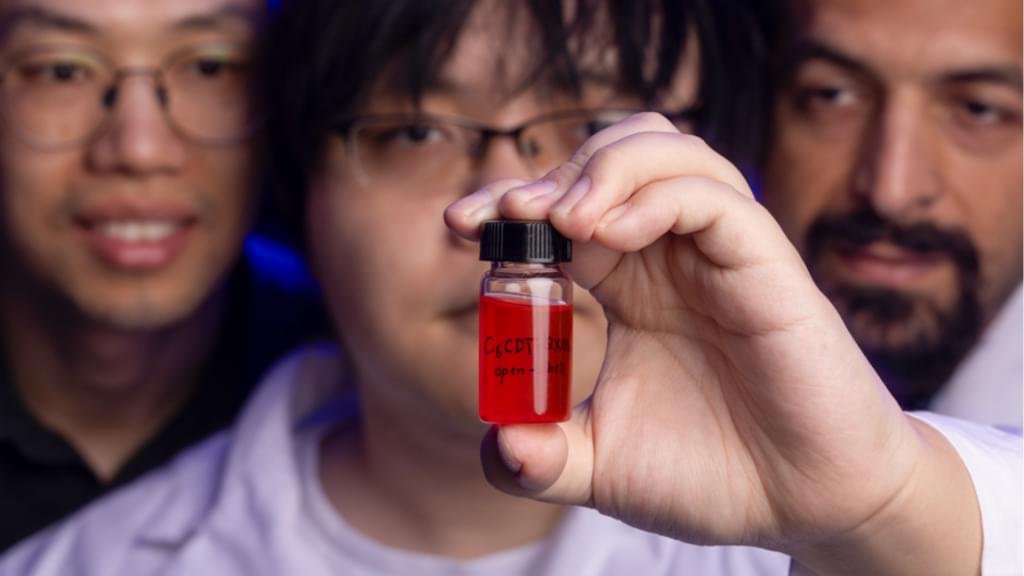

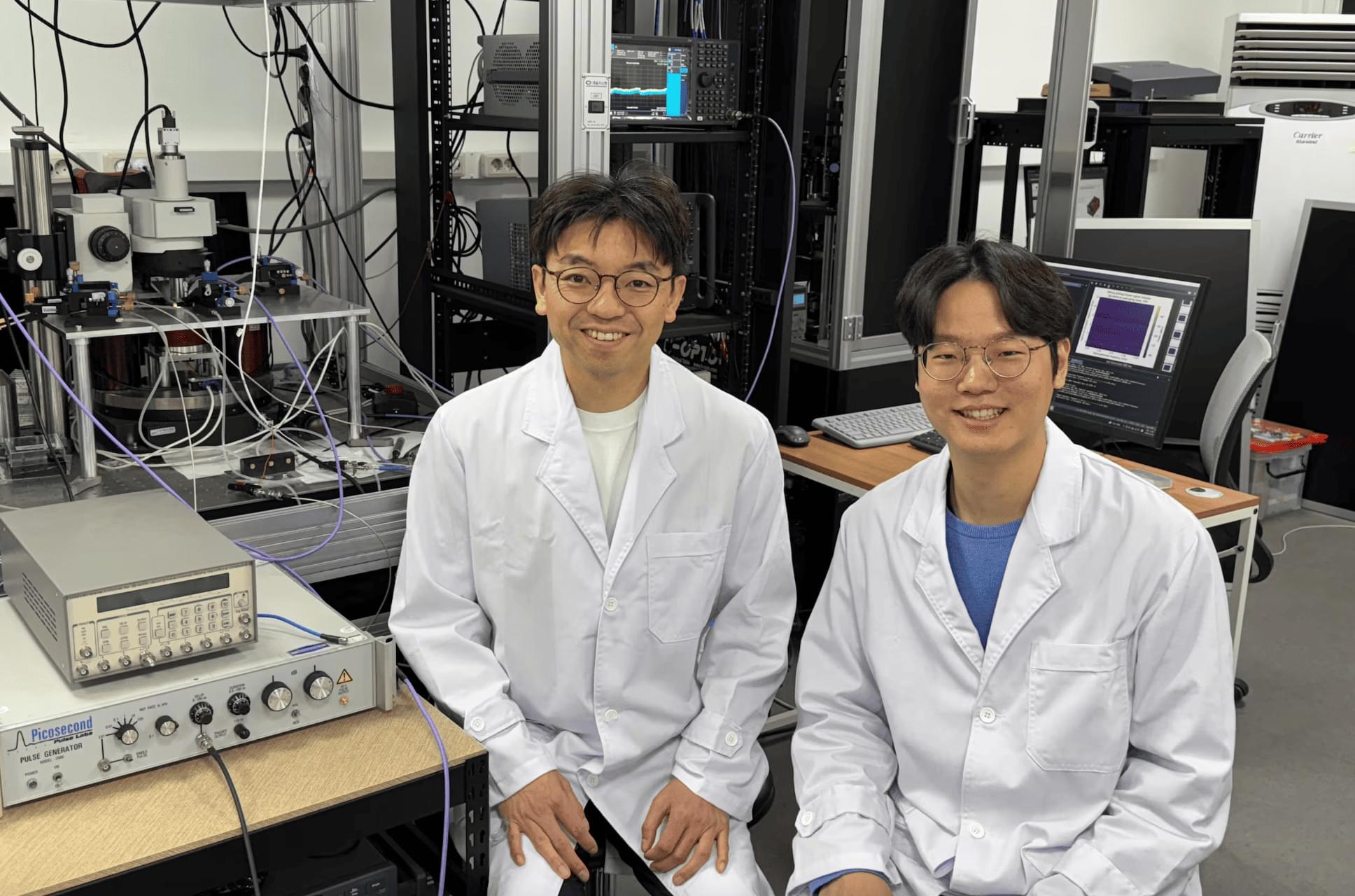
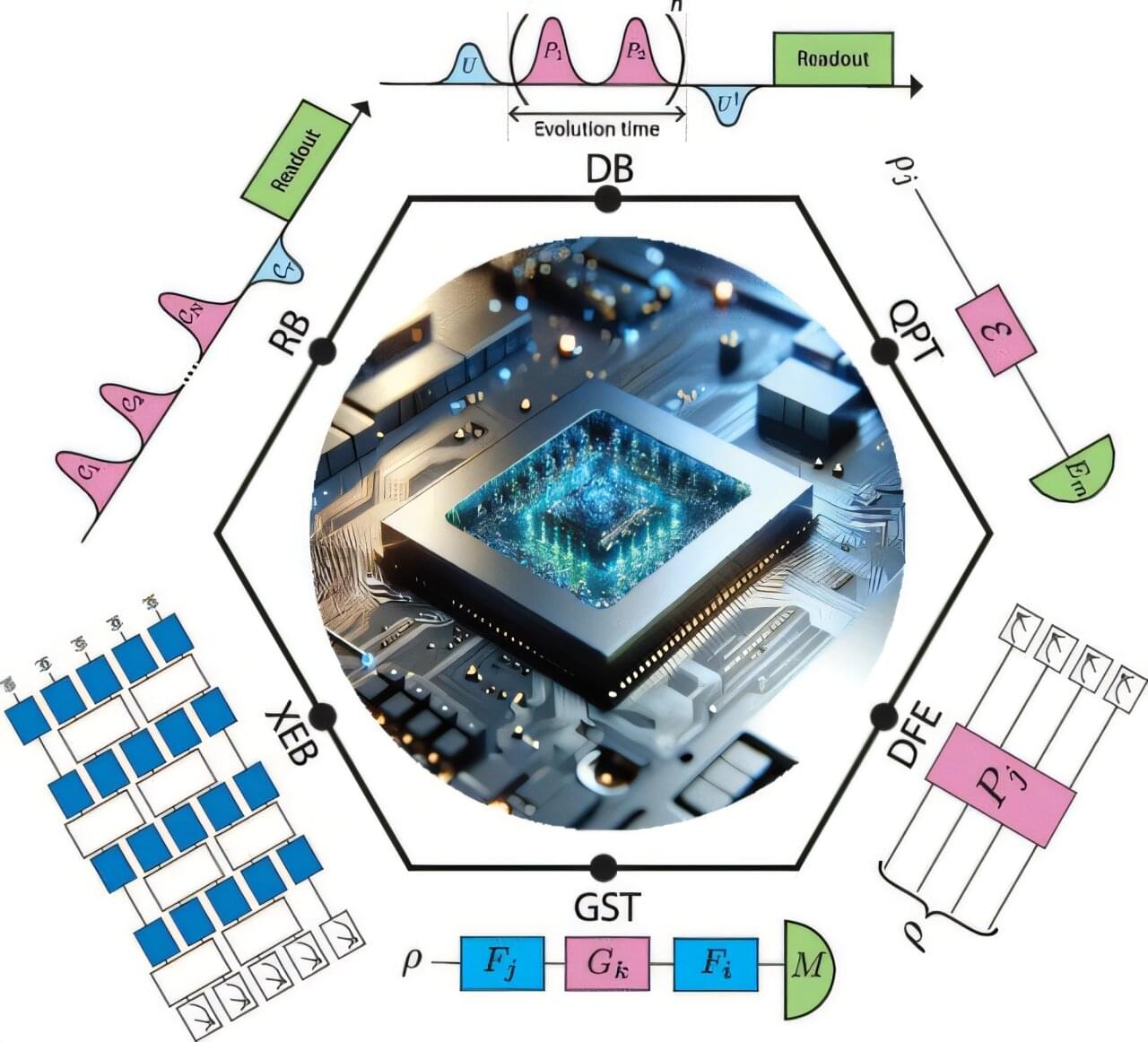
Researchers have developed a new protocol for benchmarking quantum gates, a critical step toward realizing the full potential of quantum computing and potentially accelerating progress toward fault-tolerant quantum computers.
The new protocol, called deterministic benchmarking (DB), provides a more detailed and efficient method for identifying specific types of quantum noise and errors compared to widely used existing techniques.
The work is published in the journal Chemical Reviews.

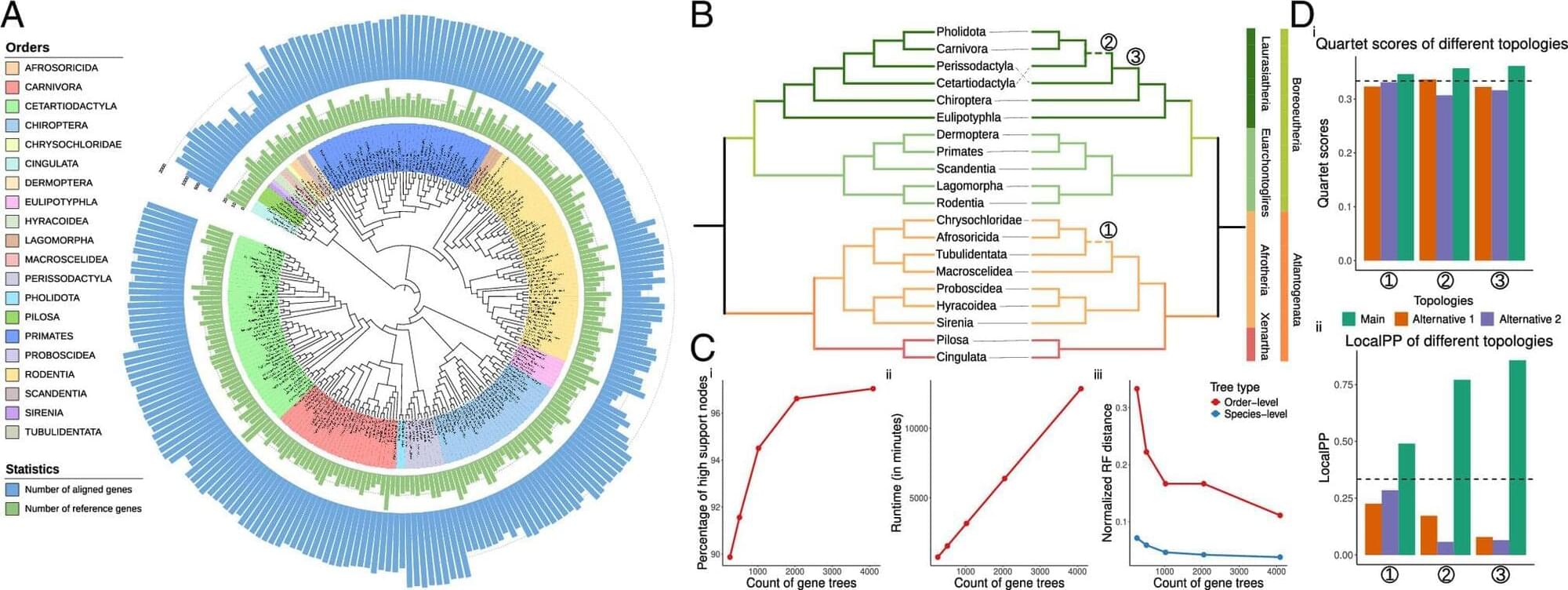
A team of engineers at the University of California San Diego is making it easier for researchers from a broad range of backgrounds to understand how different species are evolutionarily related, and support the transformative biological and medical applications that rely on these species trees. The researchers developed a scalable, automated and user-friendly tool called ROADIES that allows scientists to infer species trees directly from raw genome data, with less reliance on the domain expertise and computational resources currently required.
Species trees are critical to solidifying our understanding of how species evolved on a broad scale, but can also help find functional regions of the genome that could serve as drug targets; link physical traits to genomic changes; predict and respond to zoonotic outbreaks; and even guide conservation efforts.
In a new paper published in the journal Proceedings of the National Academy of Sciences on May 2, the researchers, led by UC San Diego electrical and computer engineering professor Yatish Turakhia, showed that ROADIES infers species trees that are comparable in quality with the state-of-the-art studies, but in a fraction of the time and effort. This paper focused on four diverse life forms— placental mammals, pomace flies, birds and budding yeasts—though ROADIES can be used for any species.
Solving one of the oldest algebra problems isn’t a bad claim to fame, and it’s a claim Norman Wildberger can now make: The mathematician has solved what are known as higher-degree polynomial equations, which have been puzzling experts for nearly 200 years.
Wildberger, from the University of New South Wales (UNSW) in Australia, worked with computer scientist Dean Rubine on a paper that details how these incredibly complex calculations could be worked out.
“This is a dramatic revision of a basic chapter in algebra,” says Wildberger. “Our solution reopens a previously closed book in mathematics history.”

RIKEN and Fujitsu Limited have developed a 256-qubit superconducting quantum computer that will significantly expand their joint quantum computing capabilities. The system, located at the RIKEN RQC-FUJITSU Collaboration Center, located on the RIKEN Wako campus, builds upon the advanced technology of the 64-qubit iteration, which was launched with the support of the Japanese Ministry of Education, Culture, Sports, Science and Technology (MEXT) in October 2023, and incorporates newly-developed high-density implementation techniques. The new system overcomes some key technical challenges, including appropriate cooling within the dilution refrigerator, which is achieved through the incorporation of high-density implementation and cutting-edge thermal design.
This announcement marks a new step toward the practical application of superconducting quantum computers and unlocking their potential to grapple with some of the world’s most complex issues, such as the analysis of larger molecules and the implementation and demonstration of sophisticated error correction algorithms.
The organizations plan to integrate the 256-qubit superconducting quantum computer into their platform for hybrid quantum computing lineup and offer it to companies and research institutions globally starting in the first quarter of fiscal 2025. Looking further into the future, Fujitsu and RIKEN will continue R&D efforts toward the launch of a 1,000-qubit computer, scheduled to be launched in 2026. For more information, see a longer press release on Fujitsu’s website .
.
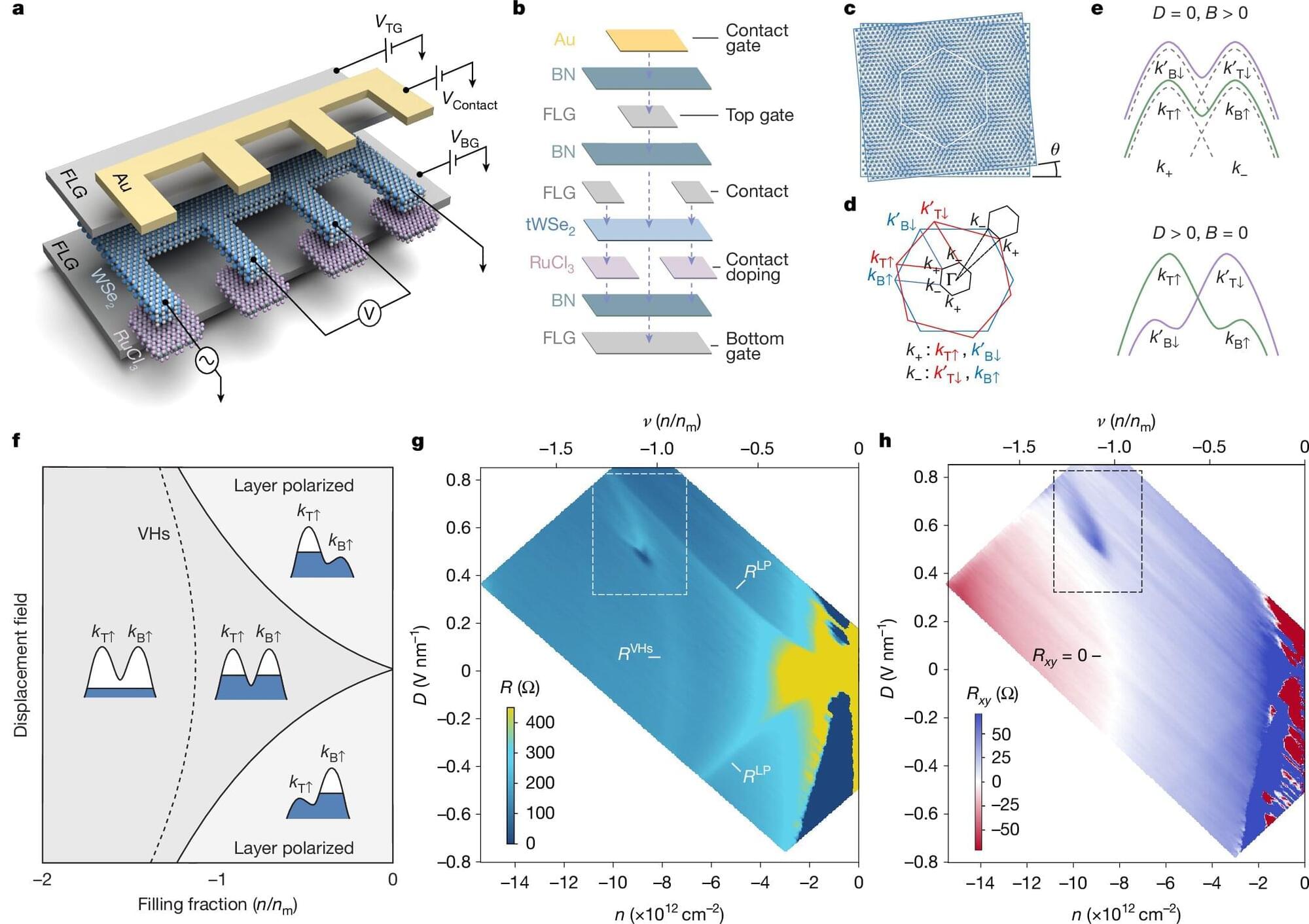
Imagine a world in which free-floating electric vehicles charge wirelessly as they glide down highways, laptops are hundreds of times more powerful, and clean energy flows in limitless supply.
Such a future, experts say, hinges on the development of new superconductors, or materials capable of transmitting electricity with near-perfect efficiency. The problem? All known superconductors—from pure elements like lead, tin, and aluminum to exotic compounds like niobium–titanium—must be subjected to extreme cold or pressure to function, making them impractical for widespread use. More problematic still, scientists don’t fully understand how these materials work, making it difficult to engineer better versions.
Superconductors have already made their way into MRI machines, particle accelerators, and electromagnetic levitating trains, but they are extraordinarily expensive and finicky. The real game changer, experts say, will be figuring out how to custom-design superconductors that are cheaper and more versatile.

Abundant, low-cost, clean energy—the envisioned result if scientists and engineers can successfully produce a reliable method of generating and sustaining fusion energy—has taken one step closer to reality, as a team of researchers from the University of Texas at Austin, Los Alamos National Laboratory and Type One Energy Group has solved a longstanding problem in the field.
One of the big challenges holding fusion energy back has been the ability to contain high-energy particles inside fusion reactors. When high-energy alpha particles leak from a reactor, that prevents the plasma from getting hot and dense enough to sustain the fusion reaction. To prevent them from leaking, engineers design elaborate magnetic confinement systems, but there are often holes in the magnetic field, and a tremendous amount of computational time is required to predict their locations and eliminate them.
In their paper published in Physical Review Letters, the research team describes having discovered a shortcut that can help engineers design leak-proof magnetic confinement systems 10 times as fast as the gold standard method, without sacrificing accuracy. While several other big challenges remain for all magnetic fusion designs, this advance addresses the biggest challenge that’s specific to a type of fusion reactor first proposed in the 1950s, called a stellarator.
